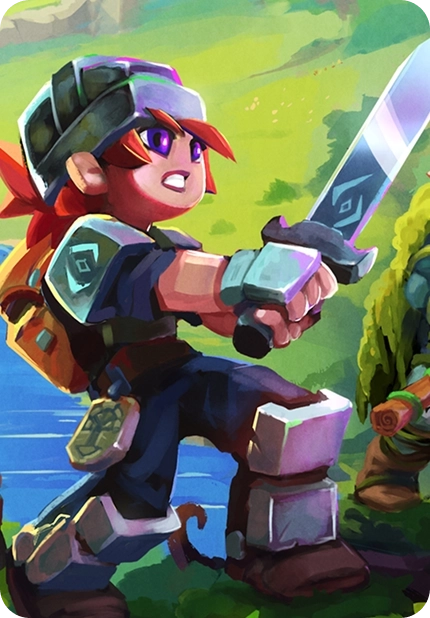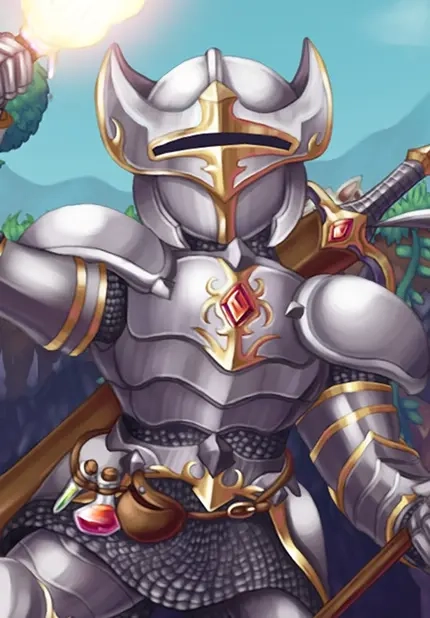
ARK: Survival Evolved Mutations Guide: Mutation Process & Stacking
Posted on by
Mutations in ARK: Survival Evolved offer immense creature customization through random gains in stat points and unique colors during breeding. This natural process, driven by genetic anomalies, introduces unpredictability and excitement, enhancing the gameplay experience against the game's vast prehistoric landscapes. So, it’s time to improve the rewards of your creature breeding efforts in ARK Survival Evolved by reading this guide!
 Mutations in ARK Survival Evolved manifest in two ways: color mutations and stat mutations. Every creature with a mutation shows both, though the color may not be visible if it rolls in a different region, which may include a location from a DLC.
The base chance for a mutation is 7.31%. Double mutations often present the conceived creature with +4 in a particular stat at a rare 0.184% chance. Lucky players may also breed with triple mutations, wherein those blessed creatures have a +6 in a specific stat. These triple mutations, however, are even rarer at 0.00156%.
Mutations in ARK Survival Evolved manifest in two ways: color mutations and stat mutations. Every creature with a mutation shows both, though the color may not be visible if it rolls in a different region, which may include a location from a DLC.
The base chance for a mutation is 7.31%. Double mutations often present the conceived creature with +4 in a particular stat at a rare 0.184% chance. Lucky players may also breed with triple mutations, wherein those blessed creatures have a +6 in a specific stat. These triple mutations, however, are even rarer at 0.00156%.
 Although hidden, mutations in ARK: Survival Evolved follow specific steps. The general procedure in which mutations occur is the following:
Although hidden, mutations in ARK: Survival Evolved follow specific steps. The general procedure in which mutations occur is the following:
 ARK Survivors can stack mutations from mutant offspring to create super creatures. Despite requiring immense time and effort, breeding creatures with stat values up to 255 is still possible.
So, here’s a checklist of the things that can help you stack mutations in ARK: Survival Evolved and breed those super creatures:
ARK Survivors can stack mutations from mutant offspring to create super creatures. Despite requiring immense time and effort, breeding creatures with stat values up to 255 is still possible.
So, here’s a checklist of the things that can help you stack mutations in ARK: Survival Evolved and breed those super creatures:
How do Mutations Work in ARK: Survival Evolved?
 Mutations in ARK Survival Evolved manifest in two ways: color mutations and stat mutations. Every creature with a mutation shows both, though the color may not be visible if it rolls in a different region, which may include a location from a DLC.
The base chance for a mutation is 7.31%. Double mutations often present the conceived creature with +4 in a particular stat at a rare 0.184% chance. Lucky players may also breed with triple mutations, wherein those blessed creatures have a +6 in a specific stat. These triple mutations, however, are even rarer at 0.00156%.
Mutations in ARK Survival Evolved manifest in two ways: color mutations and stat mutations. Every creature with a mutation shows both, though the color may not be visible if it rolls in a different region, which may include a location from a DLC.
The base chance for a mutation is 7.31%. Double mutations often present the conceived creature with +4 in a particular stat at a rare 0.184% chance. Lucky players may also breed with triple mutations, wherein those blessed creatures have a +6 in a specific stat. These triple mutations, however, are even rarer at 0.00156%.
ARK: Survival Evolved Mutation Process
 Although hidden, mutations in ARK: Survival Evolved follow specific steps. The general procedure in which mutations occur is the following:
Although hidden, mutations in ARK: Survival Evolved follow specific steps. The general procedure in which mutations occur is the following:
- Stat selection from parents: The game chooses the initial stat values from the parents, with a 55% chance of selecting the stronger stat.
- Mutation stat selection: The game then chooses one stat (that can be leveled up) for the mutation.
- Assigning mutation source: One parent is selected for mutation based on the remaining stats, with a 55% chance that the weaker parent is chosen. The iteration skips to the next option if the chosen parent's mutations reach 20.
- Mutation check: ARK rolls or checks to see if the mutation proceeds, which initially has a 2.5% chance of happening.
- Stat mutation and color change application: If the mutation check is valid, the offspring will be given two wild levels. Also, the juvenile will have a random color based on a specific color region.
- The process repeats: Another check occurs after the initial mutation finishes. This recheck may happen once or twice. If successful, the offspring will have a +4 or +6 to a valid stat.
Stacking Mutations in ARK: Survival Evolved
 ARK Survivors can stack mutations from mutant offspring to create super creatures. Despite requiring immense time and effort, breeding creatures with stat values up to 255 is still possible.
So, here’s a checklist of the things that can help you stack mutations in ARK: Survival Evolved and breed those super creatures:
ARK Survivors can stack mutations from mutant offspring to create super creatures. Despite requiring immense time and effort, breeding creatures with stat values up to 255 is still possible.
So, here’s a checklist of the things that can help you stack mutations in ARK: Survival Evolved and breed those super creatures:
- Aim for at least 50 tamed females of the same species for efficient breeding for mutations, increasing chances for obtaining mutant offspring.
- Only change the male for new mutations and maintain the same females as the base level.
- You can keep a mutated female but breed it with an unmutated male for male mutations.
- Hatch in mass amounts to save time compared to hatching individually.
- Use matching male and female creatures to easily identify mutations by checking baby levels.
- Most babies from the 18th mutation will be level 89 or 125, with a few at level 91 or 127 for new mutations.
- Check each 127 for potential new melee mutations and cull the others.
- After achieving 20/20 mutations, keep the process the same.
- Aim for 20/20 mutations on the patrilineal side and 0/20 on the matrilineal side.
- Mutations will birth on the matrilineal side but switch to patrilineal when bred with base-level females.
- Note that after reaching 20/20 on the patrilineal side, mutation chances drop to 3.7%.
Create your own
Ark Survival Evolved server
Ark Survival Evolved server
Choose a plan, pick a game, and play with your friends!
Join our Newsletter
Subscribe for the latest updates on all things gaming!
How would you rate this blog?
Share your opinion and help us make our blogs even better!
Didn't like
Neutral
Liked
Need a game server?
Rent a game server where you and your friends can play privately with low latency and custom settings. Choose from 100+ games, invite people from around the globe, and enjoy private matches, or build your own online community with your own rules.
Relevant Blogs

GET THE INSIDE SCOOP!
Join our email for updates on our hosted games, company news and exclusive deals. Stay in the loop!


















